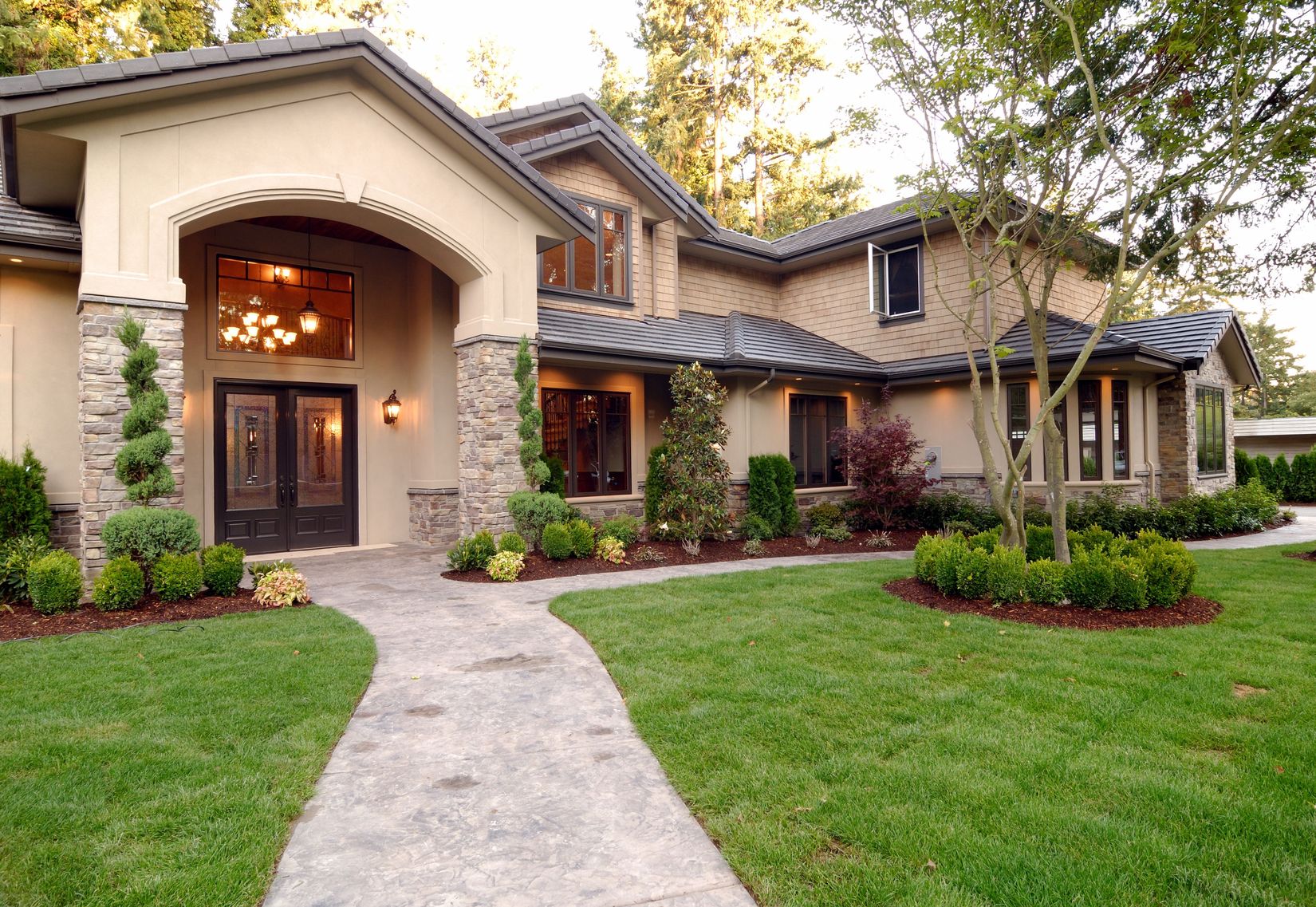What’s Ahead For Mortgage Rates This Week – May 8, 2017
 Last week’s economic news included readings on construction spending, the post-meeting statement by the Fed’s Open Market Committee and labor-related reports including ADP payrolls, Non-farm payrolls and the national unemployment rate. Weekly readings on new jobless claims and mortgage rates were also released.
Last week’s economic news included readings on construction spending, the post-meeting statement by the Fed’s Open Market Committee and labor-related reports including ADP payrolls, Non-farm payrolls and the national unemployment rate. Weekly readings on new jobless claims and mortgage rates were also released.
Fed Rate Unchanged, Mortgage Rates Hold Steady
Federal Reserve policymakers did not change the target federal funds rate, which ranges from 0.75 to 1.00 percent. In its usual post-meeting statement, FOMC said that a weak first quarter was “transitory” and expected economic growth to continue going forward. Less consumer spending contributed to a sluggish first quarter, but analysts said that a rate hike was very likely at the FOMC meeting in June. The FOMC included its usual caveat concerning monetary policy in its statement; FOMC policies are not pre-determined, but are based on members’ ongoing review of news and economic developments.
Freddie Mac reported minor changes in its weekly survey of mortgage rates. 30-year fixed rate mortgage rates were one basis point lower at 4.02 percent. The average rate for a 15-year fixed rate mortgage was unchanged at 3.27 percent; the average rate for a 5/1 adjustable rate mortgage rose one basis point to 3.13 percent. Discount points averaged 0.50 percent for all three mortgage types.
Construction, Labor Reports Reflect Economic Growth
Construction spending fell in March after an unusually high reading in February. The original growth rate for February construction spending was 0.80 percent, but was adjusted to 1.80 percent. A spurt of unseasonably warm weather was cited as pushing construction activity to unusual levels in February. Construction spending fell by -0.20 percent as compared to an expected reading of 0.50 percent, which was based on the original reading for February.
ADP Payrolls reported lower growth for private sector jobs in April with a reading of 177,000 new jobs as compared to 255,000 new jobs gained in March. The Federal Non-farm payrolls report, which covers public and private sector jobs, posted a gain of 211,000 jobs in April after reporting only 79,000 jobs added in March. The disparity in month to month readings indicates ongoing volatility in jobs growth, but the national unemployment rate dropped to 440 percent in April from 4.50 percent in March. Low unemployment rates can indicate economic growth with job seekers gaining employment.
 Last week’s economic news included readings on Case-Shiller Home Prices Indices, new and pending home sales. Weekly readings on new jobless claims and average mortgage rates were also released. Case-Shiller reported that home prices rose by 0.20 percent from January to February with a year-over- year growth rate of 5.80 percent.
Last week’s economic news included readings on Case-Shiller Home Prices Indices, new and pending home sales. Weekly readings on new jobless claims and average mortgage rates were also released. Case-Shiller reported that home prices rose by 0.20 percent from January to February with a year-over- year growth rate of 5.80 percent. Last week’s economic reports included NAHB Housing Market Index, Commerce Department readings on housing starts and building permits issued. The National Association of Realtors® released data on existing home sales; Freddie Mac released average mortgage rates and new jobless claims were also released.
Last week’s economic reports included NAHB Housing Market Index, Commerce Department readings on housing starts and building permits issued. The National Association of Realtors® released data on existing home sales; Freddie Mac released average mortgage rates and new jobless claims were also released.